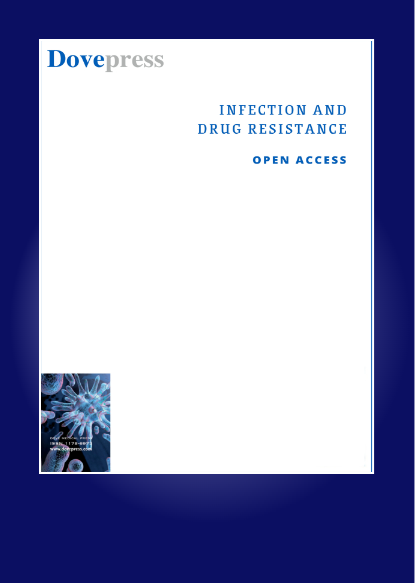A Machine Learning Model Based on CT Imaging Metrics and Clinical Features to Predict the Risk of Hospital-Acquired Pneumonia After Traumatic Brain Injury
IF 2.9
3区 医学
Q2 INFECTIOUS DISEASES
引用次数: 0
Abstract
Objective: To develop a validated machine learning (ML) algorithm for predicting the risk of hospital-acquired pneumonia (HAP) in patients with traumatic brain injury (TBI).Materials and Methods: We employed the Least Absolute Shrinkage and Selection Operator (LASSO) to identify critical features related to pneumonia. Five ML models—Logistic Regression (LR), Extreme Gradient Boosting (XGB), Random Forest (RF), Naive Bayes Classifier (NB), and Support Vector Machine (SVC)—were developed and assessed using the training and validation datasets. The optimal model was selected based on its performance metrics and used to create a dynamic web-based nomogram.
Results: In a cohort of 858 TBI patients, the HAP incidence was 41.02%. LR was determined to be the optimal model with superior performance metrics including AUC, accuracy, and F1-score. Key predictive factors included Age, Glasgow Coma Score, Rotterdam Score, D-dimer, and the Systemic Immune Response to Inflammation Index (SIRI). The nomogram developed based on these predictors demonstrated high predictive accuracy, with AUCs of 0.818 and 0.819 for the training and validation datasets, respectively. Decision curve analysis (DCA) and calibration curves validated the model’s clinical utility and accuracy.
Conclusion: We successfully developed and validated a high-performance ML algorithm to assess the risk of HAP in TBI patients. The dynamic nomogram provides a practical tool for real-time risk assessment, potentially improving clinical outcomes by aiding in early intervention and personalized patient management.
Keywords: traumatic brain injury, machine learning, hospital-acquired pneumonia, dynamic nomogram, imaging metrics
基于 CT 成像指标和临床特征的机器学习模型预测创伤性脑损伤后医院获得性肺炎的风险
目的开发一种经过验证的机器学习(ML)算法,用于预测创伤性脑损伤(TBI)患者的医院获得性肺炎(HAP)风险:我们采用最小绝对收缩和选择操作器(LASSO)来识别与肺炎相关的关键特征。我们开发了五种 ML 模型--逻辑回归(LR)、极梯度提升(XGB)、随机森林(RF)、奈夫贝叶斯分类器(NB)和支持向量机(SVC)--并使用训练和验证数据集进行了评估。根据其性能指标选出了最佳模型,并用于创建基于网络的动态提名图:在一组 858 名创伤性脑损伤患者中,HAP 发生率为 41.02%。LR被确定为最佳模型,其AUC、准确率和F1-分数等性能指标均优于其他模型。主要预测因素包括年龄、格拉斯哥昏迷评分、鹿特丹评分、D-二聚体和系统性炎症免疫反应指数(SIRI)。基于这些预测因子开发的提名图显示出很高的预测准确性,训练数据集和验证数据集的AUC分别为0.818和0.819。决策曲线分析(DCA)和校准曲线验证了该模型的临床实用性和准确性:我们成功开发并验证了一种用于评估创伤性脑损伤患者 HAP 风险的高性能 ML 算法。动态提名图为实时风险评估提供了一个实用工具,可通过帮助早期干预和个性化患者管理来改善临床结果。 关键词:创伤性脑损伤;机器学习;医院获得性肺炎;动态提名图;成像指标
本文章由计算机程序翻译,如有差异,请以英文原文为准。
求助全文
约1分钟内获得全文
求助全文
来源期刊

Infection and Drug Resistance
Medicine-Pharmacology (medical)
CiteScore
5.60
自引率
7.70%
发文量
826
审稿时长
16 weeks
期刊介绍:
About Journal
Editors
Peer Reviewers
Articles
Article Publishing Charges
Aims and Scope
Call For Papers
ISSN: 1178-6973
Editor-in-Chief: Professor Suresh Antony
An international, peer-reviewed, open access journal that focuses on the optimal treatment of infection (bacterial, fungal and viral) and the development and institution of preventative strategies to minimize the development and spread of resistance.
 求助内容:
求助内容: 应助结果提醒方式:
应助结果提醒方式:


